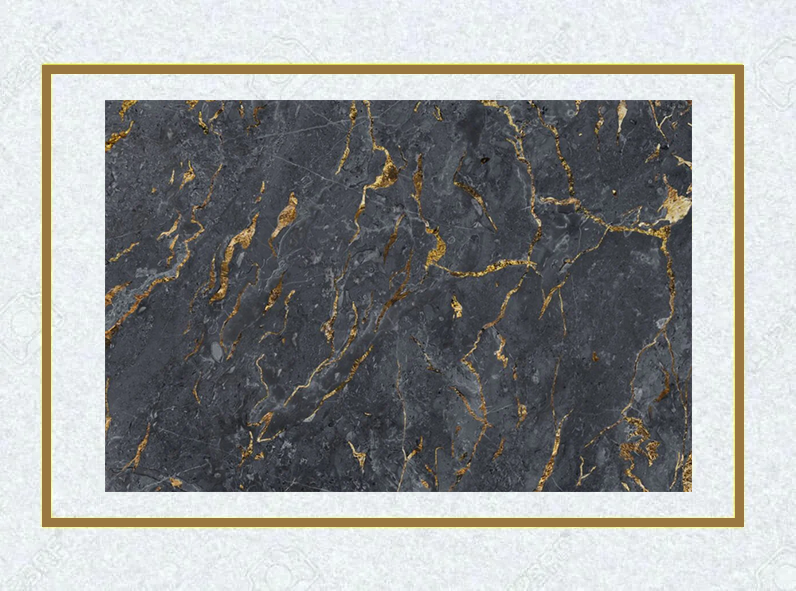The 21st-century world is becoming increasingly aware of environmental challenges. Naturally, almost every sector is doing its bit to protect Mother Earth. The construction sector is evolving, too, and including sustainable practices to minimize its ecological footprint. It contributes to environmental preservation through green initiatives and makes buildings more efficient and marketable. Know about the top 5 types of green initiatives being used in modern construction.
Green Roofs
A prime example of green infrastructure, these types of roofs can be integrated into both new and existing buildings. These systems cover rooftops with vegetation, ensure stormwater management, improve insulation, and help enhance air quality. Green roofs act as natural air filters. These can reduce the urban heat island effect while producing oxygen and absorbing pollutants from the surrounding air.
These also make buildings look more aesthetic and provide occupants with recreational space. In addition to improving energy efficiency, they create habitats for various species and promote biodiversity. Spaces that would be unused otherwise are turned into thriving ecosystems.
Using Carbon-negative and Carbon-neutral Structures
Carbon-neutral structures are designed to balance the amount of carbon dioxide emitted with an equivalent amount of carbon savings. This can often be achieved through renewable energy sources and energy-efficient designs.
On the other hand, carbon-negative buildings go a step further by actively removing more carbon from the atmosphere than they produce. Using carbon capture technologies, innovative construction techniques, and sustainable materials can help accomplish this. The construction sector can prioritize these types of structures to promote a sustainable future and fight climate change.
Biophilic Architecture
Biophilic architecture focuses on the connection between the natural environment and built spaces. With various features such as natural light, water elements, ventilation, and greenery within buildings, Biophilic design ensures a soothing atmosphere, improves mental health, and promotes productivity.
This kind of design benefits both humans and the environment, improving the quality of life for occupants by including elements of nature in architectural designs.
Integrated Environmental Assessments
This is a comprehensive approach that helps evaluate the sustainability and societal impact of a construction project. It involves considering various issues, such as compliance with regulations, community impact, waste management, and resource consumption.
Integrated Environmental Assessments can be essential in construction companies, helping with identifying improvement areas, improving operational transparency, and ensuring compliance with sustainability standards. It can improve corporate accountability and make construction practices much more sustainable.
Water Conservation
It is a vital aspect of modern construction practices, especially in those areas where water is a scarce resource. Implementing efficient plumbing fixtures, greywater recycling, and rainwater collection systems helps promote responsible consumption. Water wastage is reduced and minimized with native plant species and drought-resistant landscaping. With all such proactive measures, it can be easy to conserve water and reduce operational expenses for occupants as well as building owners.
As the need for sustainability becomes more apparent in the construction sector, green initiatives are turning into the norm rather than the exception. In the coming years, these can be expected to improve the environment and protect the planet in no small way.






